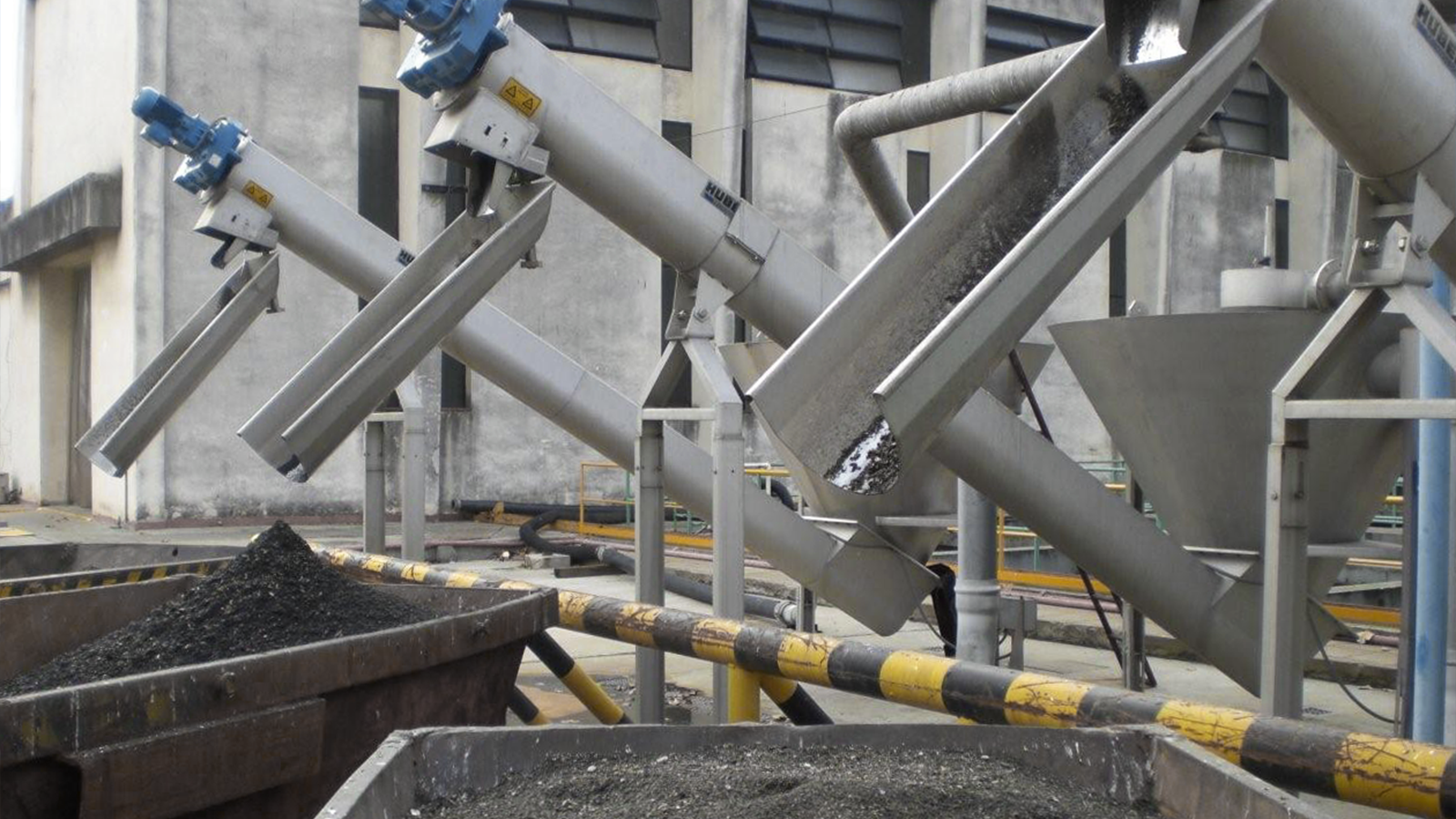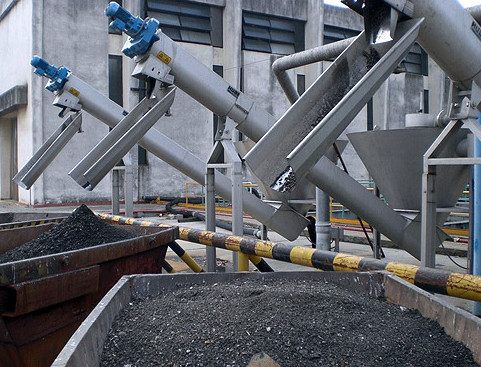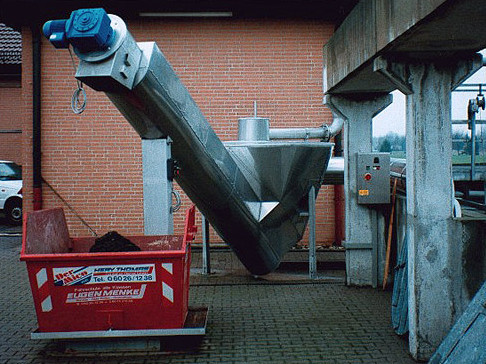
Grit Classifiers

A further step ahead with our COANDA Grit Classifier RoSF3
The COANDA Grit Classifier was developed by HUBER in cooperation with the University of Munich, hydraulics department. Based on the Coanda Effect, the flow into the tank can be defined exactly and simulated mathematically. When operating at optimum flow,the grit separation is up to 98 % (grain size 0.2 mm).
The difference in density between grit and other organic components can partly be taken into consideration to ensure reduced organic contamination and thus static dewatering of the classified grit. High efficiency has enabled the COANDA Grit Classifier to be significantly smaller than conventional classifiers.
Employing the COANDA effect for: Excellent grit capture rate on a small footprint; reduced organic content of the grit; simple and reliable operation, low maintenance; sturdy design for long life; made of stainless steel, pickled in an acid bath.
Find out more
- grit separation and dewatering are in one single plant -> requires little space
- regular flow through the tank and use of the Coanda effect result in high separation capacities (separation degree of 95 % of grain size 0,20 mm)
- due to the automatic air injection inherent to the system organic matter remains in the the flow and is discharged via the outlet
- very high DS content in the grit discharged (abt. 90 %)
- automatic grit discharge and simultaneous static dewatering
- loss on ignition of the grit washed is guaranteed (< 3 %); reutilization or TASI dumping possible
- an additional Grit Washing Plant RoSF4/t (dry feed) can be added in order to reduce the loss on ignition of the grit
- relieves sewage treatment plant staff
- guarantees customer optimum benefit
- completely made of stainless steel -> corrosion-resistant, high life expectancy, low maintenance
The grit / water mixture flows either by means of a pump or by gravity into the vortex chamber where a rotary motion is induced. An automatic air intake takes place through the centrically located drilling hole on the vortex chamber.

The heart of the COANDA Grit Classifier is the inserted Coanda Tulip. The organically laden water flowing in from the top adheres to the tulip wall and is diverted to the horizontal below water surface by the Coanda-Effect. Reduced radial and tangential flows assist the separation process and the difference in density between organic and mineral material is partly taken into consideration.
The classifier screw transports the clean grit up an inclined plane where it is dewatered under gravity before discharge into a skip. The mineral residue from a plant operating under optimum conditions is in excess of 90% (e.g. a plant with appropriate pre-screening and grit collection facilities).



